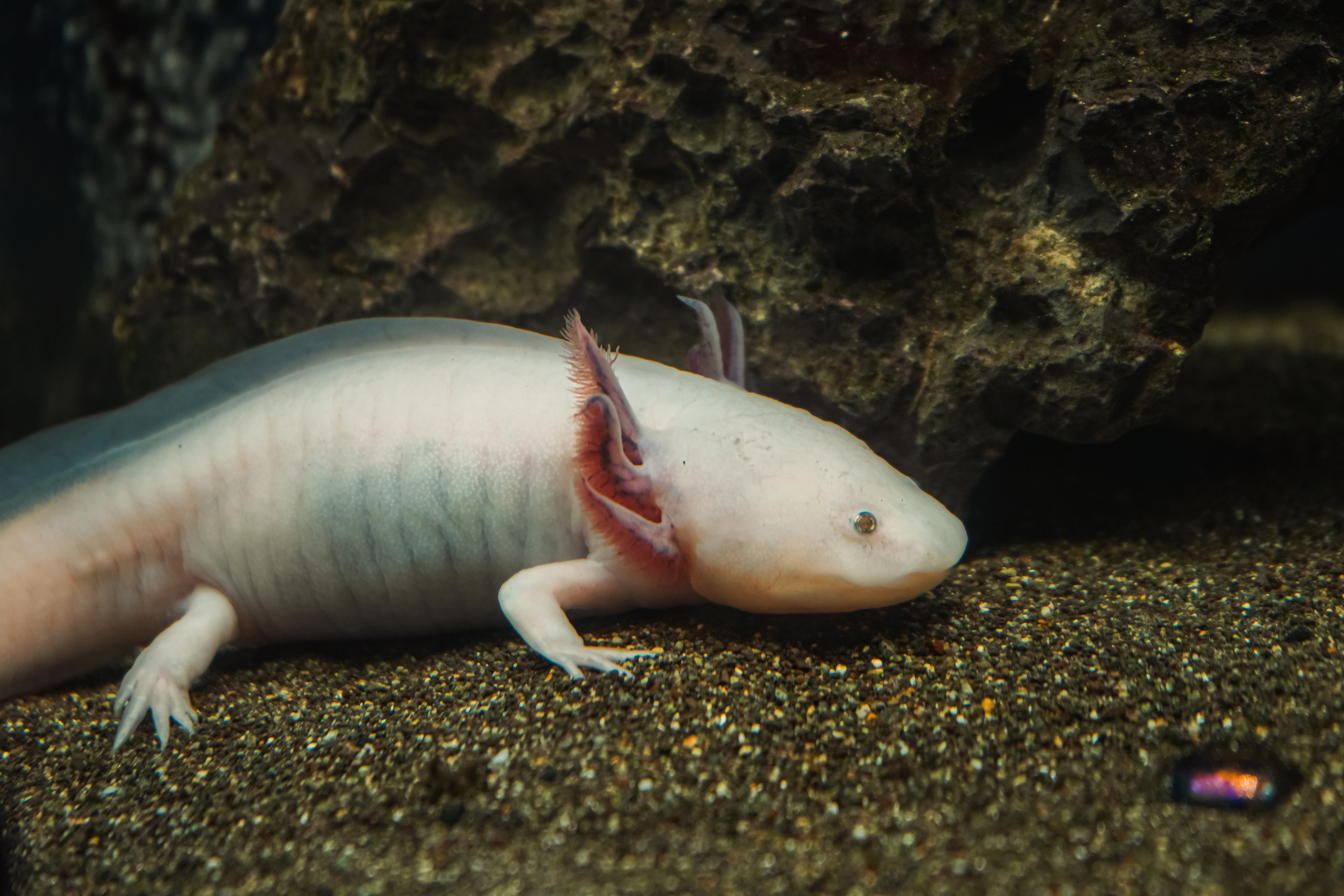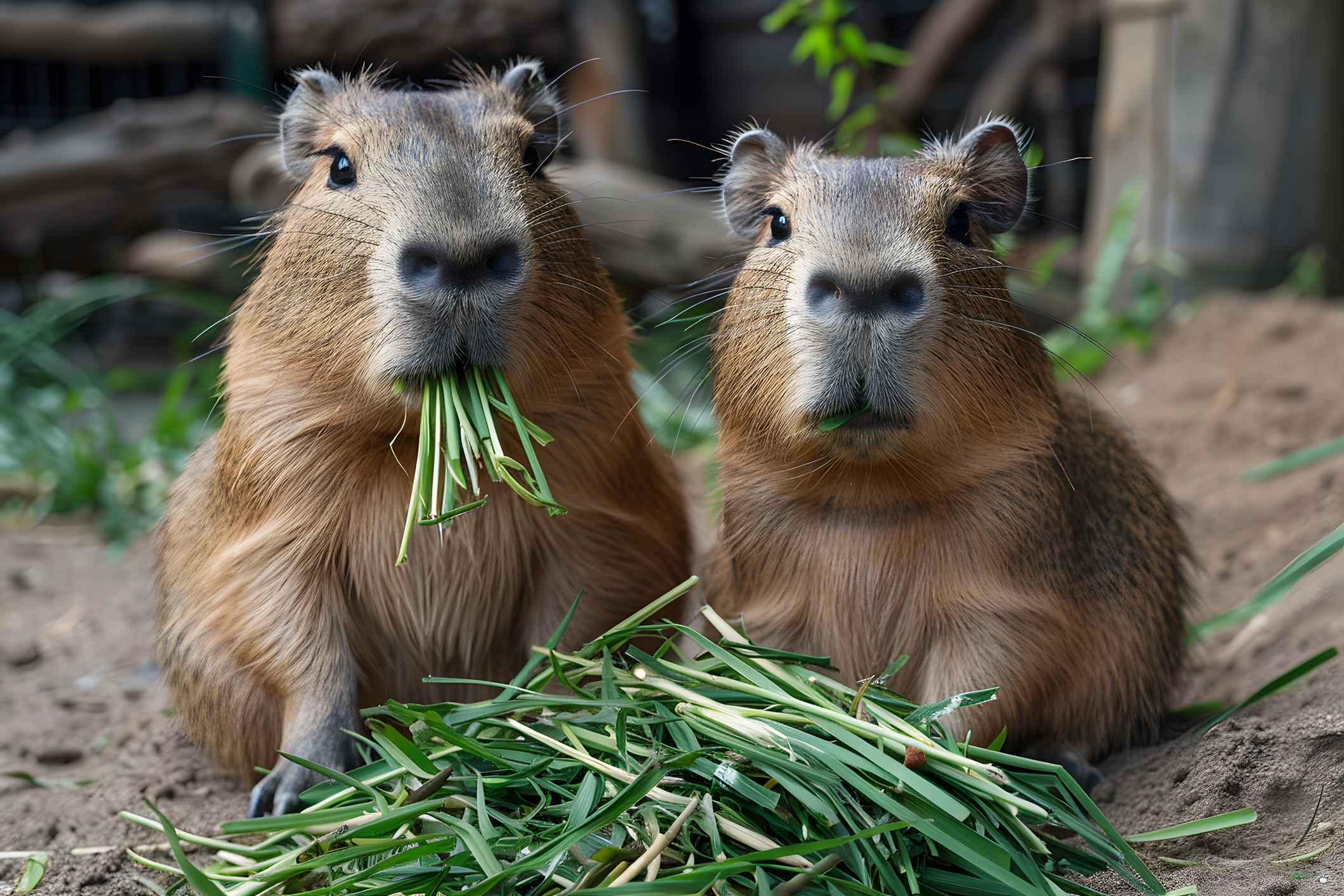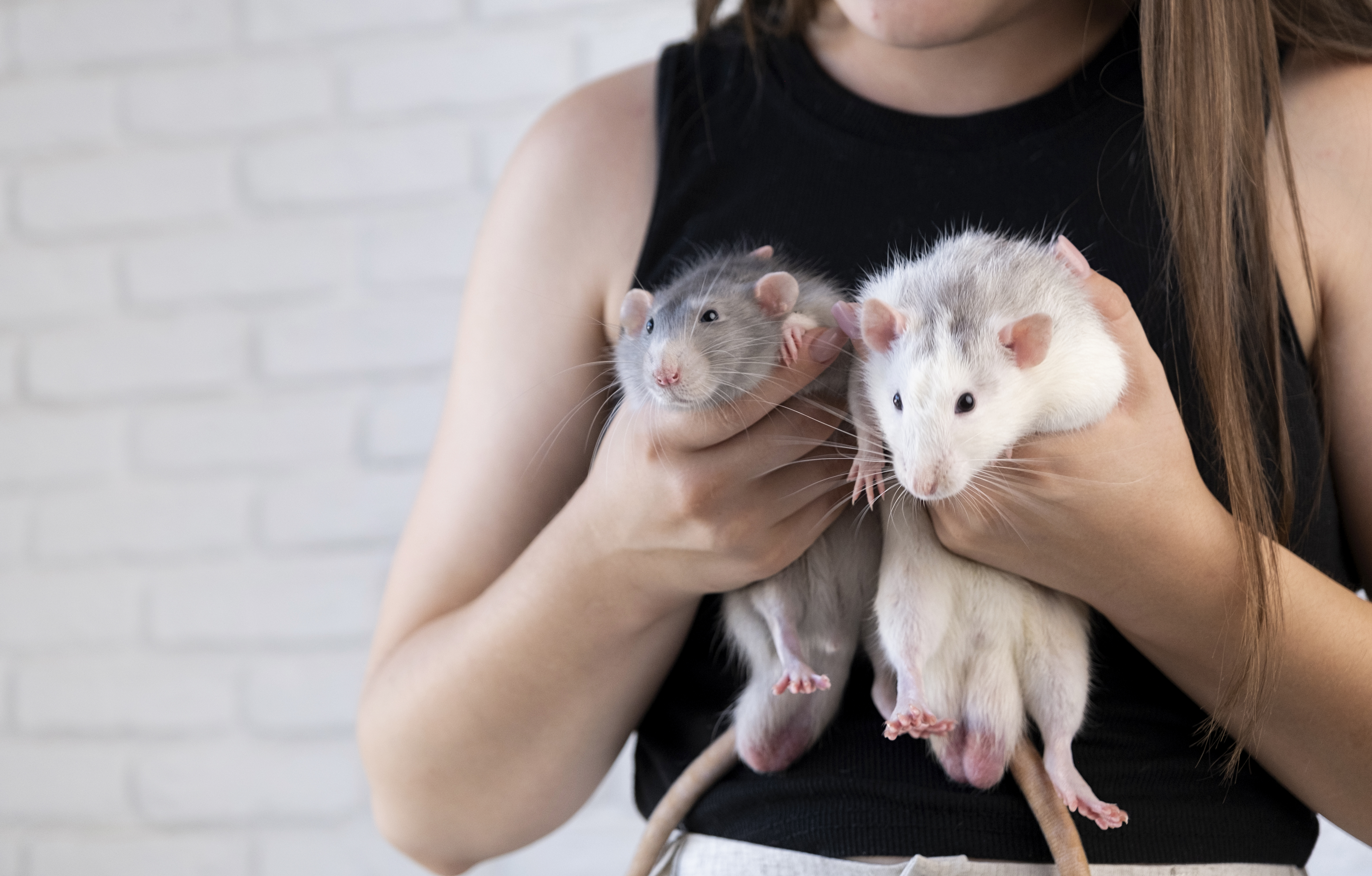Eighteen Exotic Companions: Mastering the Art of Unique Pet Care
Welcome to the realm of exotic pet care, where the animals are as unique as the people who care for them. This isn't your typical dog or cat care guide; instead, it's an exploration into the world of 18 unique, exotic pets and how to master their care. From the lush rainforests of South America to the arid deserts of Africa, these creatures hail from various corners of the globe, each requiring specialized care to thrive. This guide aims to provide an in-depth understanding of these unique creatures and how to care for them, providing a captivating journey into the world of exotic pet care.
African Pygmy Hedgehog

The African Pygmy Hedgehog, a small creature with a big personality, is our first exotic pet. They require a warm environment and a diet rich in protein. Their care involves regular handling to keep them socialized and their enclosure clean to prevent health issues.
Sugar Gliders

Sugar Gliders are small marsupials from Australia that glide from tree to tree. They require a lot of interaction and a diet of fresh fruits and insects. They're nocturnal, so be prepared for night-time activity.
Bearded Dragons

These Australian natives are popular for their calm demeanor and unique appearance. They require a diet of insects and vegetables, and a UVB light to mimic sunlight.
Tarantulas

These eight-legged creatures may not be for the faint-hearted, but they make fascinating pets. They require minimal interaction and a diet of insects. Each species has unique care requirements, so research is key.
Axolotls

These Mexican amphibians are known for their ability to regenerate limbs. They require a cool, freshwater aquarium and a diet of small fish and worms.
Madagascar Hissing Cockroaches

These large insects are surprisingly easy to care for. They require a warm, humid environment and a diet of fresh fruits and vegetables.
Fennec Foxes

Native to the Sahara Desert, these small foxes require a lot of exercise and a diet rich in meat. They're known for their large ears and playful nature.
Capybaras

The largest rodent in the world, Capybaras require a lot of space and a diet of grasses and aquatic plants. They're social animals, so they should be kept in pairs or groups.
Kinkajous

Native to Central and South America, these nocturnal creatures require a large enclosure and a diet of fruits and honey.
Chinchillas

These fluffy rodents from the Andes Mountains require a cool environment and a diet of hay and pellets. They enjoy social interaction and exercise.
Skunks

Domesticated skunks make interesting pets. They require a balanced diet and plenty of exercise. Skunks can be de-scented to prevent them from spraying.
Wallabies

These Australian marsupials require a large, fenced-in area to hop around and a diet of grasses and vegetables.
Serval Cats

These large African cats require a lot of space and a diet of raw meat. They're not fully domesticated, so they require careful handling.
Coatimundis

Related to raccoons, these South American natives require a large enclosure and a diet of fruits, insects, and small animals.
Stick Insects

These fascinating creatures require a tall enclosure to mimic their natural environment and a diet of fresh leaves.
Degus

These small rodents from Chile require a lot of social interaction and a diet of hay and vegetables.
Eclectus Parrots

These colorful birds from Australia require a large cage and a diet of fresh fruits, vegetables, and seeds. They're known for their talking abilities.
Caring for exotic pets is a unique and rewarding experience. It requires research, preparation, and a deep understanding of each animal's specific needs. While it may be challenging, the joy of bonding with these unique creatures makes it all worthwhile. This guide is a stepping stone into the world of exotic pet care, but remember, each pet is unique and requires individualized care.
Remember to always check local laws and regulations before adopting an exotic pet, as some may require special permits. With the right knowledge and resources, you'll be well on your way to mastering the art of unique pet care.







